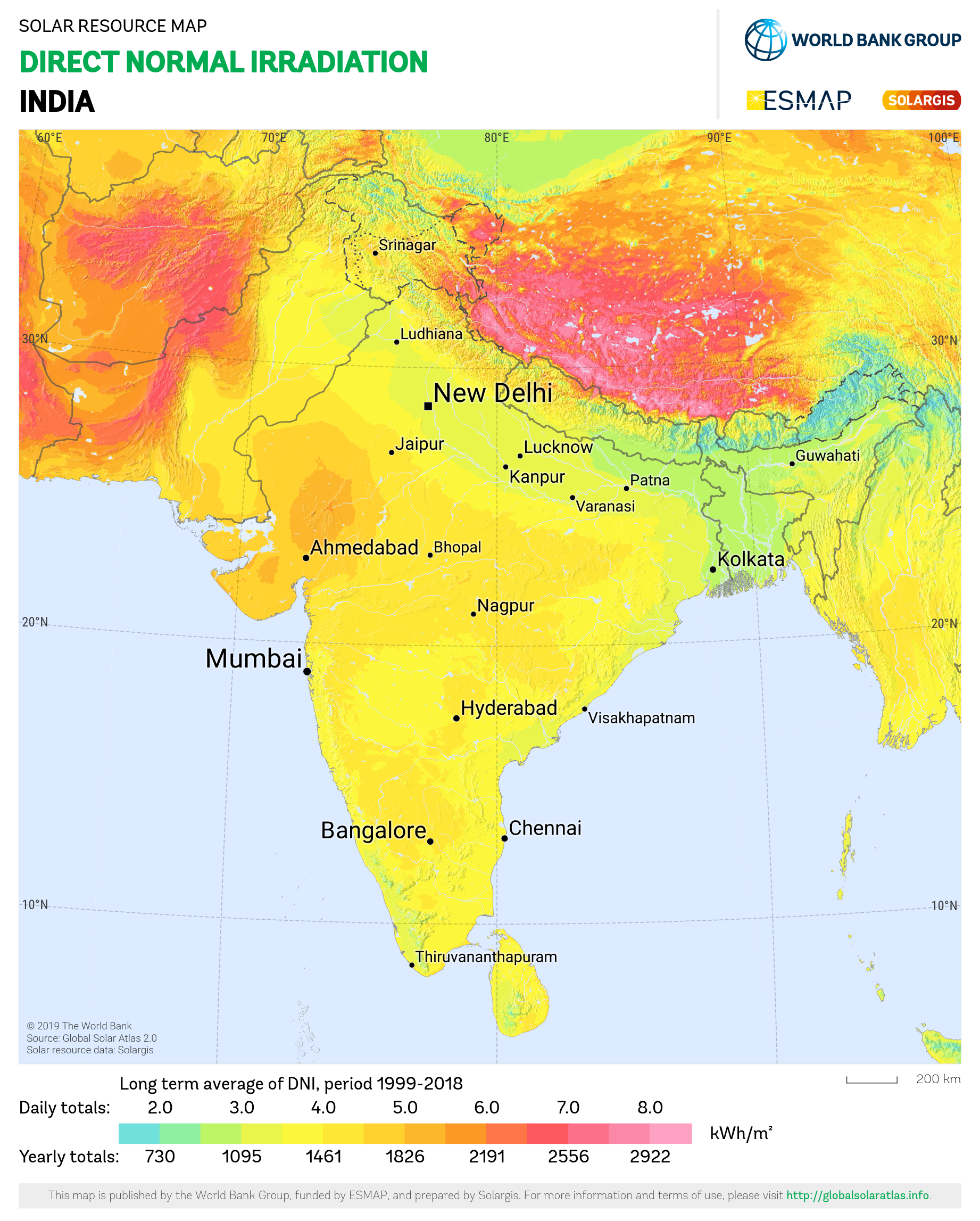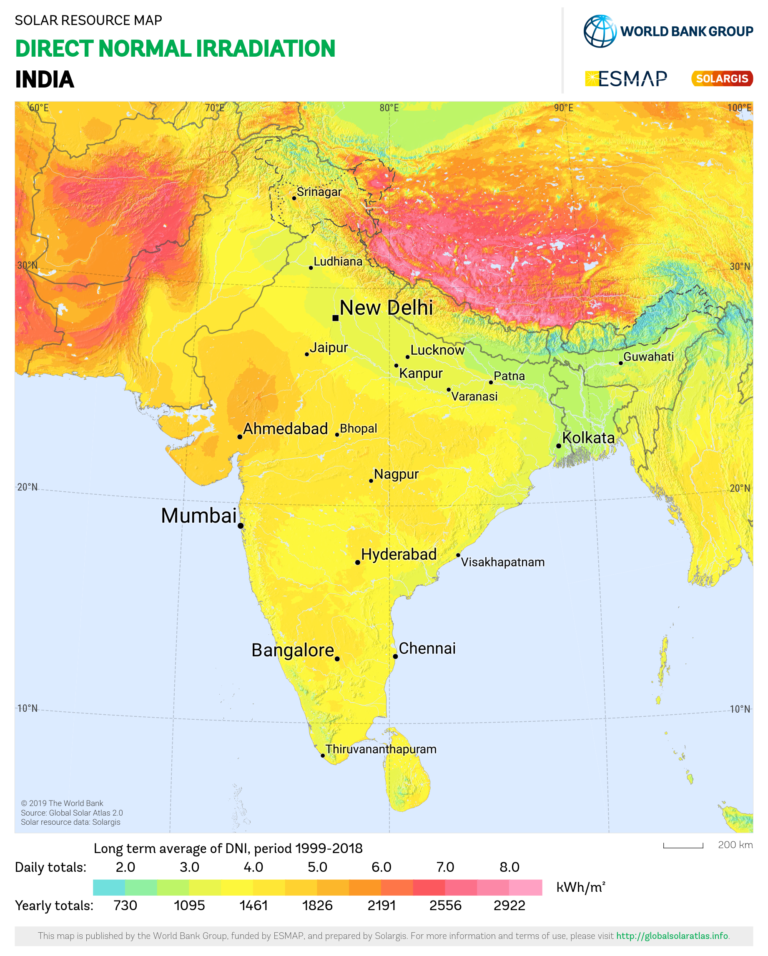
# Renewable Nation: The Future of Floating Wind Farms in Orkney
In the heart of the Northern Isles of Scotland lies Orkney, a region poised to become a beacon of renewable energy innovation with its ambitious floating wind farm project. The West of Orkney Wind Farm aims to harness the power of the wind and revolutionize how we think about energy generation. As this groundbreaking plan makes its way to Highland councillors for consideration, the potential impact is significant—projected to generate power for approximately **two million homes**.
## The Vision Behind the Orkney Floating Wind Farm
### What is a Floating Wind Farm?
Floating wind farms are a cutting-edge development in renewable energy, enabling wind turbines to be placed in deeper waters where traditional fixed-bottom turbines are not feasible. This innovative technology:
– **Utilizes buoyant platforms** to support turbines, allowing them to harness stronger and more consistent winds.
– **Reduces visual impact** on coastlines, preserving the natural beauty of the surroundings.
– **Enhances energy production capabilities**, particularly in areas previously considered unsuitable for wind energy.
### Why Orkney?
Orkney is uniquely suited for this type of project due to its geography and wind resources. The region features:
– **Strong and consistent wind** conditions, making it an ideal location for wind energy generation.
– **Proximity to infrastructure** needed for energy distribution and integration into the national grid.
– **Community support**, as residents and local authorities are increasingly recognizing the benefits of renewable energy investments.
## The West of Orkney Wind Farm Project
#### Key Features of the Project
– **Capacity:** The West of Orkney Wind Farm is projected to have a capacity of around **1.8 gigawatts**, which could power about two million homes.
– **Turbines:** It will comprise several floating turbines strategically placed to maximize energy generation.
– **Environmental Impact:** Comprehensive studies are underway to ensure the project minimizes impact on marine life and local ecosystems.
### Project Timeline
The roadmap for the West of Orkney Wind Farm includes:
1. **Preliminary Studies (2023):** Assessing environmental and ecological impacts.
2. **Council Review (2023):** Highland councillors will evaluate the plan, addressing any community concerns.
3. **Construction Phase (2024-2026):** If approved, the project will move into development.
4. **Operational Phase (2027):** Full operation and integration with the UK grid.
## Economic and Social Benefits
Implementing the Orkney floating wind farm isn’t just about clean energy; it also promises substantial economic and social dividends:
– **Job Creation:** The project could create numerous jobs in construction, maintenance, and operations.
– **Local Investment:** A boost in local business through increased demand for goods and services.
– **Sustainable Energy:** Contributing to the UK’s goals for carbon reduction and sustainable energy sources.
### Community Involvement
The success of renewable energy initiatives often relies on community support. In Orkney, efforts are being made to:
– **Engage local residents** through public consultations and information sessions.
– **Provide updates** on the project’s development and any potential impacts.
– **Establish partnerships** with local businesses to maximize economic benefits.
## Challenges and Considerations
Despite the promising outlook of the Orkney floating wind farm, the project isn’t without challenges:
– **Regulatory Hurdles:** Navigating the complexities of local and national regulations can be daunting.
– **Environmental Concerns:** Addressing the potential impacts on marine ecosystems will be crucial.
– **Technological Risks:** Floating wind technology is still emerging; performance and maintenance logistics are vital considerations.
### Balancing Innovation and Conservation
As we push toward a **renewable nation**, it is essential to balance innovation with conservation. Local authorities, stakeholders, and environmental groups must collaborate to ensure that the implementation of floating wind farms benefits both the environment and the community.
## The Broader Context of Renewable Energy in the UK
Renewable energy is at the forefront of the UK’s strategy to achieve net-zero emissions by 2050. The Orkney floating wind farm aligns perfectly with this national agenda. Here’s how:
– **Diversification of Energy Sources:** Wind power contributes significantly to the UK’s energy mix.
– **Reduction of Reliance on Fossil Fuels:** Transitioning to renewables is crucial for reducing carbon footprints.
– **Meeting Energy Demand:** Projects like the Orkney wind farm help meet the increasing energy needs of a growing population.
For further reading on the UK’s renewable energy transition, check out this [analysis by the UK government](https://www.gov.uk/government/publications/uk-renewable-energy-innovation-review).
## Conclusion: A Step Towards a Renewable Nation
The West of Orkney Wind Farm is an ambitious step toward establishing a **renewable nation** that prioritizes sustainability, innovation, and community engagement. The influence of this project reaches far beyond Orkney, serving as a model for future renewable initiatives across the country
